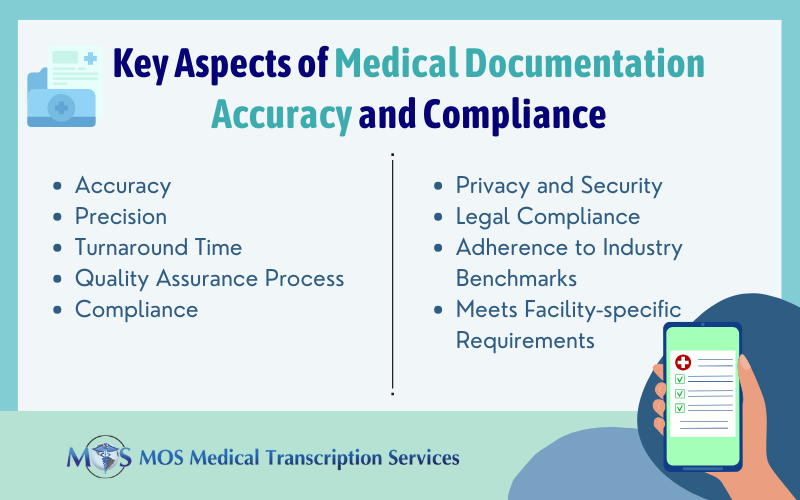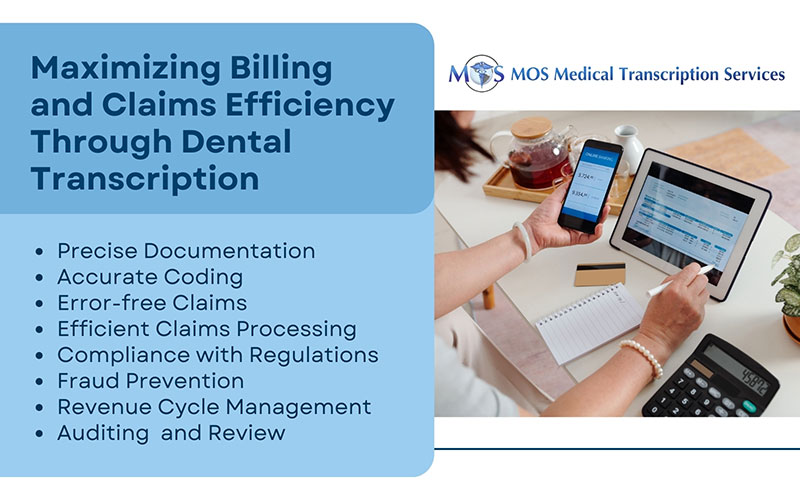 Methadone maintenance treatment (MMT) is the most widely known therapy for opioid dependence, which is a chronic relapsing disease that requires lifelong treatment. According to the American Society of Addiction Medicine (ASAM), there is evidence that suggests that MMT is more effective than withdrawal management alone and significantly reduces opioid drug use. However, proper diagnosis of opioid dependence and its accurate documentation via medical transcription is crucial to identify safety risks with this treatment and mitigate and manage the potential adverse effects effectively. Let’s see how documentation plays a crucial part in different stages.
Methadone maintenance treatment (MMT) is the most widely known therapy for opioid dependence, which is a chronic relapsing disease that requires lifelong treatment. According to the American Society of Addiction Medicine (ASAM), there is evidence that suggests that MMT is more effective than withdrawal management alone and significantly reduces opioid drug use. However, proper diagnosis of opioid dependence and its accurate documentation via medical transcription is crucial to identify safety risks with this treatment and mitigate and manage the potential adverse effects effectively. Let’s see how documentation plays a crucial part in different stages.
The foremost step before admitting a person into MMT is the initial screening for the probability of opioid dependence. Primary care physicians can perform physical examination to identify the signs of drug use that may be present such as puncture marks from intravenous injection, abscesses, or cellulitis. They can also ask the details about the present and past behaviors and condition of the patient to prepare the history report. Thus, the physical examination and history report should include all the findings of the physical examination and the patient’s history of narcotic use. The referring physician can use this information to determine whether the patient should be admitted to MMT.
There are two main issues while determining whether MMT is the appropriate treatment for a person. The first is whether that person meets the eligibility criteria (for example, minimum age requirements, history of physiologic dependence on a narcotic and more). The second issue is whether there are any other alternative treatments that are equally well or better suited according to the needs and preferences of the person. Physicians can make use of well-documented medical history to better assess the opioid dependence and address these issues more effectively. The history reports include:
- Screening for concomitant medical conditions and routine identification of medications
- Allergies, pregnancy and family history
- History of infectious diseases (hepatitis, HIV and TB) and acute trauma
- Substance use, addictive behavior and addiction treatment history
- Any previous history of pharmacotherapy
- Social history and assessment of readiness for change including identification of any facilitators and barriers
If MMT appears to be the treatment of choice even after considering these factors, two additional steps need to be performed before finalizing the treatment decision such as:
- Opioid use must be verified through urine drug screening
- There must be a diagnosis of opioid dependence made by the physician who is to take the final decision regarding MMT
Urine testing combined with history reports can help physicians to identify other substances that have been consumed recently. The findings from the urine testing and other diagnosis must be documented well to assess them with the history reports and confirm there are no safety risks with MMT.
In short, opioid dependence diagnosis includes a comprehensive assessment that covers the patient’s history, physical examination and laboratory tests and it requires comprehensive and accurate documentation at each phase. Though electronic medical records or EHRs can enhance the efficiency of documentation, it can still affect the accuracy and comprehensiveness of documentation due to limited narrative description and inadvertent errors due to frequent copy pasting. A combined approach of EHR and transcription that involves transcribing the physician’s recordings and populating the transcribed data into appropriate EHR fields would be a better option.


